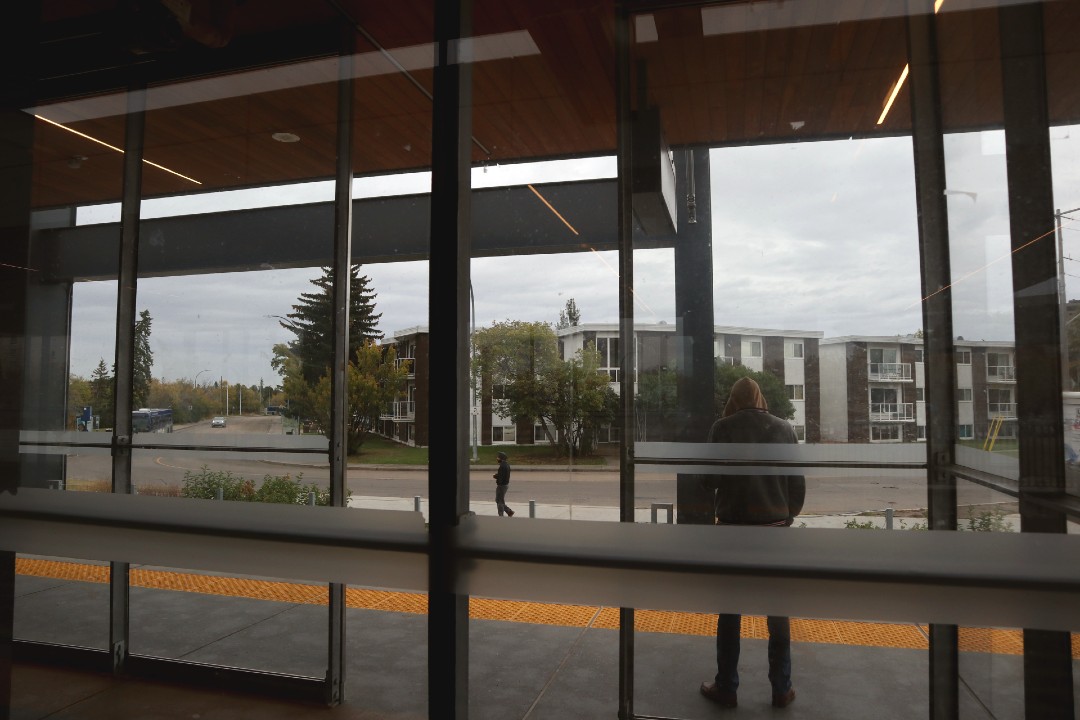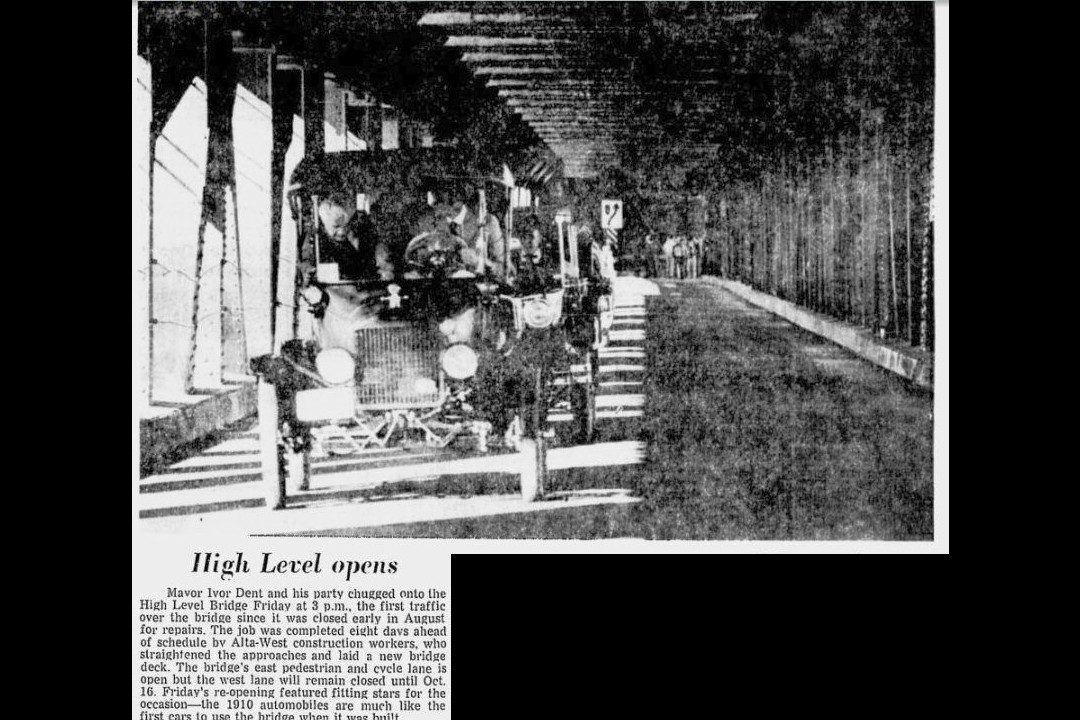
Stadium Station redesign sees calls for service drop by 50%
Edmonton's head of transit said a redesign that emphasizes visibility has turned one of the least safe LRT stations in the city into one of the safest.
Stadium Station was one of five LRT stations on the Capital Line when the system opened in 1978. The old station had an underground concourse that was essentially a series of enclosed hallways and stairwells that allowed riders to walk beneath the tracks to reach the platform.
Reconstruction of Stadium Station started in 2020 and cost the city about $28 million. "Stadium Station was in need of redevelopment and an overhaul just based on the age of the infrastructure," Carrie Hotton-MacDonald, branch manager of Edmonton Transit Service, told Taproot in an interview at the station. "It was a fantastic opportunity to rethink this entire design."
The old Stadium Station was consistently ranked among the top five stations on the LRT system that dominated calls for service to the ETS control centre. Those calls could be for security incidents, disorder, crime, or trespassing.
Redevelopment of the station was completed in May 2023. Hotton-MacDonald said the station has seen a 50% reduction in calls for service since 2019. It now places in the bottom five of a list that it sometimes used to top. This data doesn't include 9-1-1 calls.
The station's new design is safer because it has opened up sightlines, Hotton-MacDonald said. The concourse, stairwells, and hallways are gone, replaced by a platform that's at ground level, and entrances and exits that flow off of street sidewalks. When a rider is standing on the new platform, they can see the sidewalk next to the station, the low-rise apartments across the street, and the Kinnaird Ravine farther down the street. These "eyes-on-the-street," a term coined by urbanist Jane Jacobs, act as natural deterrence for unwanted activity. The natural surveillance also makes riders feel safer, Hotton-MacDonald said.
"When you have those open sightlines combined with more foot traffic nearby, it connects transit riders with people who are nearby and it just helps you feel safer when there's more people around," she said.




